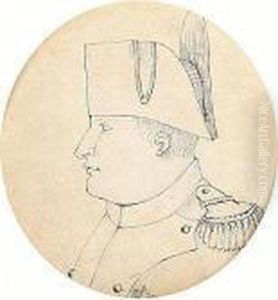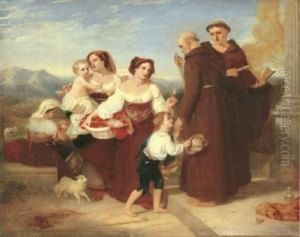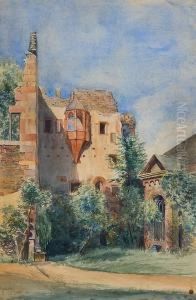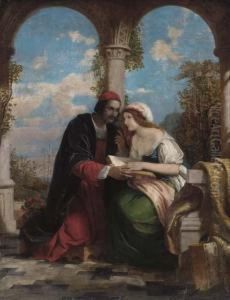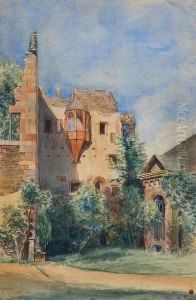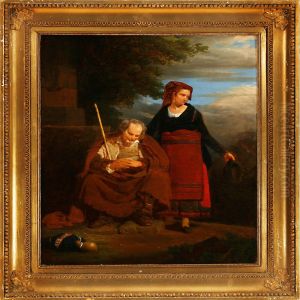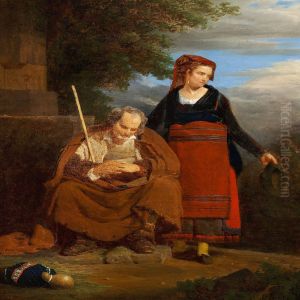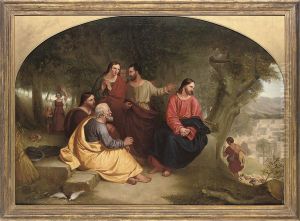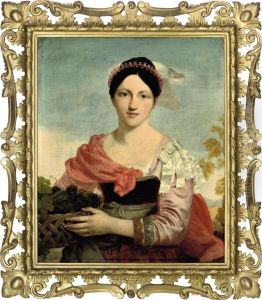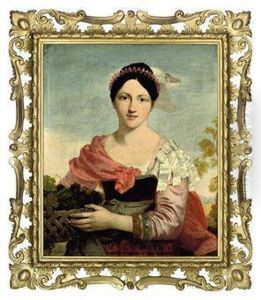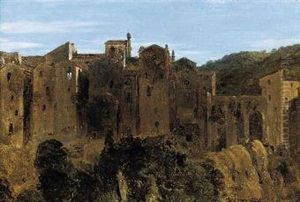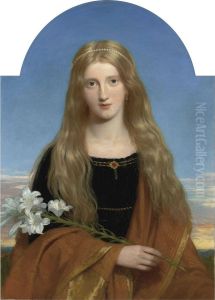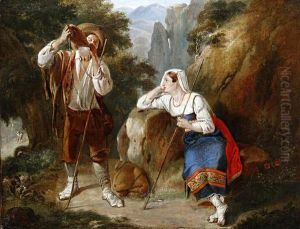Charles Lock Eastlake Paintings
Charles Lock Eastlake was a British painter, gallery director, and writer, born on November 17, 1793, in Plymouth, Devon. He was an influential figure in the British art world of the 19th century, known not only for his contributions as an artist but also for his role in the development of public art institutions in England. Eastlake studied at the Royal Academy Schools in London, where he honed his skills in painting and began his career in the arts. His early work was greatly influenced by the study of Italian Renaissance art, and he spent a considerable amount of time traveling in Europe, particularly in Italy, where he was inspired by the works of the old masters.
Eastlake's paintings often depicted historical and literary themes, characterized by their detailed execution and the use of light to enhance the narrative quality of his compositions. His style evolved over time, incorporating elements of Romanticism and later, more classical influences. Throughout his career, Eastlake enjoyed considerable success as an artist, exhibiting at the Royal Academy and receiving various commissions.
In addition to his artistic pursuits, Eastlake played a significant role in the administration of the arts in Britain. He was appointed Secretary of the Royal Commission on the Fine Arts in 1841 and later became the Keeper of the National Gallery in London in 1843. His most notable contribution came in 1850 when he was appointed as the Director of the National Gallery, a position he held until his death. During his tenure, Eastlake was instrumental in expanding the gallery's collection, acquiring many important works of art for the nation. He implemented rigorous standards for the care and display of the collection, laying the groundwork for modern museum practices.
Eastlake was also a respected art historian and critic. He authored several books and articles on art history, including 'Materials for a History of Oil Painting', which remains a significant work in the field. His writings helped to elevate the study of art history as a serious academic discipline in England.
Charles Lock Eastlake passed away on December 24, 1865, leaving behind a legacy that extended beyond his own artistic contributions. He is remembered as a pivotal figure in the establishment of art institutions in Britain and for his efforts to ensure the preservation and appreciation of art for future generations.
